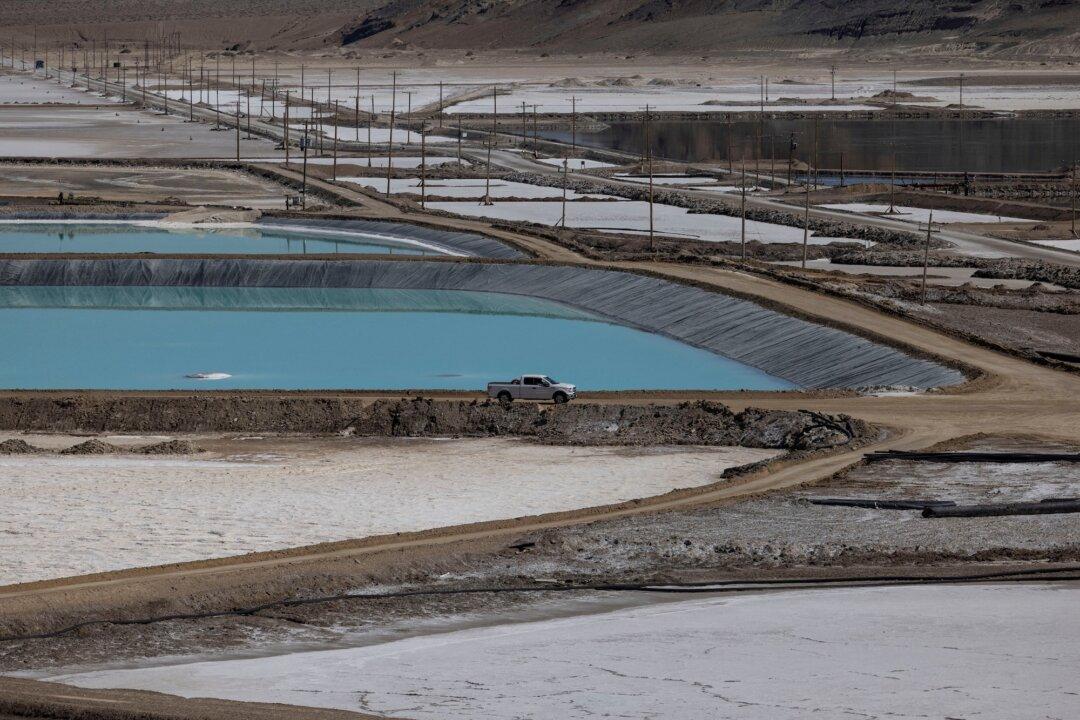The number of Americans seeking unemployment benefits fell last week to 837,000, which, while down by 36,000 from the previous week, remains well above the Great Recession peak of 665,000 weekly filings.
“This marks 28 weeks since the COVID-caused downturn ignited an eruption of historic and, as we see once again, sustained job loss, even as some employers bring employees back to work,” said Mark Hamrick, senior economic analyst at Bankrate, in an emailed statement to The Epoch Times.
It was a mixed picture across states, with declines in jobless filings for the week ending Sept. 26 in Florida, New York, Texas, and Georgia, while Arizona, Nevada, New Jersey, and Illinois saw an uptick.
“The pressure remains on elected officials in Washington to move forward on relief legislation to avert more substantial job losses as well as heightened financial pain on the part of unemployed and underemployed Americans,” Hamrick said. “At issue is whether the just-begun fourth quarter brings a measure of economic stability or greater pain.”
Job gains from the reopening of businesses are fading, and economists are predicting a slowdown in hiring through the rest of 2020 and into 2021, unless another fiscal package is passed. House Speaker Nancy Pelosi (D-Calif.) and Treasury Secretary Steven Mnuchin met on Sept. 30 in a bid to broker a bipartisan deal on stalled negotiations. While no deal was reached, the sides vowed to continue talks, and Mnuchin told Fox News that the parties agreed on a range of measures, including more funding for small businesses and direct relief to families and individuals.
A revised GDP estimate, released Sept. 30 by the Commerce Department, confirmed that the U.S. economy contracted by an annualized 31.4 percent in the second quarter, when businesses were shuttered across the country amid stay-at-home orders and other virus containment measures.
“Unless employment growth picks up, or additional [government] aid is extended, consumer spending is at risk of slowing dramatically during the second phase of the recovery,” said Gregory Daco, an economist at Oxford Economics.
On Oct. 2, the government will issue the jobs report for September, the final such report before Election Day, Nov. 3. Analysts have forecast that it will show a gain of 850,000, which would mark the third straight monthly slowdown in job growth. It would mean that the economy has regained just over half the 22 million jobs that were lost to the pandemic.
The unemployment rate is expected to decline to 8.2 percent from 8.4 percent, according to data provider FactSet.





